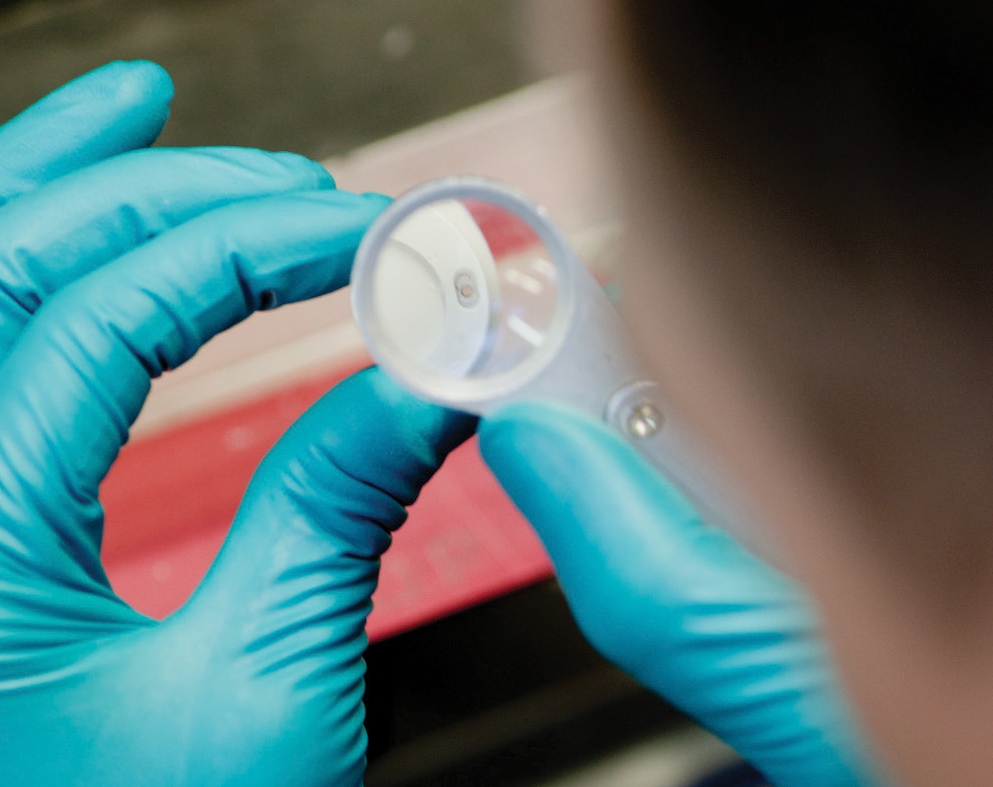In this issue of the Water Industry Journal, we speak to John Hatton of TT Electronics about why precise, continuous flow and level measurement are a must for the water industry in order to meet the challenges ahead.
Flow and level measurement have become all the more important given the pressures that the water industry is under. The drive to improve customer service, whilst keeping bills down is challenging enough, however, water companies are having to achieve this in the context of climate change too.
Excessive rainfall causing flooding and sewage overflow, plus lengthy dry spells that cause droughts – are all part of the erratic weather conditions with which water companies are having to contend, making their challenge even greater. Legacy issues add a further complication, as all of this has to be achieved with an infrastructure that covers vast areas and which is in some instances is both inaccessible and ageing.
Managing the available supplies of water as effectively as possible, is all the more important in the light of these challenges so that we can all be assured water will be where it needs to be, whenever it needs to be, without disruption to customers. We all want to be able to turn on the tap and refresh our thirst, knowing that we have a safe, plentiful supply of water, day and night.
The magnitude of the challenge ahead is one of the reasons that the water industry came together to create a framework for long-term water resource planning. Regulators, companies, academics and NGO’s, led by Water UK, undertook extensive modelling for various scenarios and developed a framework which suggested a number of ways to make our water supply more resilient.
Promoting more efficient water use in homes and businesses, through improved building standards and the greater uptake of smart meters, for example, was one aspect of the report. The other was the necessity for the improved management of water when it is moving from one region to another through our pipelines, in our reservoirs and treatment centres.
It is in this context that flow and level measurement prove particularly important so that the industry can detect leaks faster and more accurately, meaning that their resources are planned accordingly and maintenance work is targeted where it is most needed, quickly. Ensuring that the flow of water encounters as little disruption as possible.
Now, more than ever, water companies need to be able to monitor water levels and flow continuously, whether in pipelines, reservoirs or at water treatment facilities in order to meet customer need and to ensure the water supply is resilient even in the face of these challenging circumstances.
The industry needs to gain insights and build up data that will enable it to make evidence-based decisions about maintenance, upgrades and improvements so that they can make the best use of the resources possible, nipping problems in the bud before they escalate. Better operations, result in a better service, which is better for water companies, better for their customers and better for the environment too.
Any technology the industry embraces must have the ability to meet the exacting standards of measurement necessitated by the industry and its regulators today. Technology which is also robust, with the ability to operate and deliver data even when the unexpected happens – like in particularly extreme weather conditions.
Level transmitters, leak detection systems and flow metres comprise just some of the equipment that is being utilised by the industry to assist them in making evidence-based decisions and in operating more efficiently.
Finding an instrument manufacturer with the experience of providing high specification flow and measurement devices to highly regulated industries such as the water industry can be difficult. TT Electronics, is one such manufacturer, whose instruments have been designed for applications such as water pumps, reservoirs, boreholes, river, tank and are configured for use in leak detection.
TT Electronics’ experience encompasses the water industry, in addition to the utility industries as a whole, as well as offshore exploration, medical, fire, glass, steel, the automotive and aerospace industries – to name but a few. Their precision measurement equipment can be calibrated to meet the needs of specific industries and particular customers, and their service encompasses not only the equipment itself but also its installation and maintenance too.
As John explains: “We understand what the water industry is trying to achieve, the issues faced and can assist overcome them. We work with customers to design products specifically to suit their applications and the demanding nature of those applications. We provide products that allow you to do your job.”
www.ttelectronics.com



